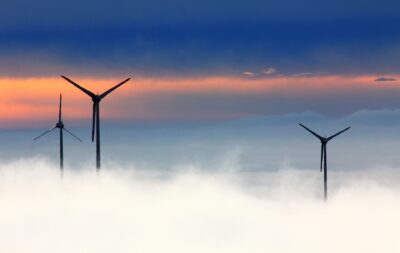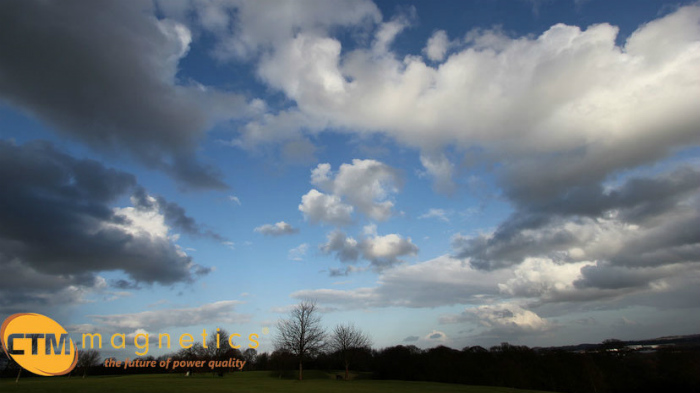The Future of Renewable Energy in Europe
Ask any expert to name a few of the most important ways to protect the environment and help improve the planet for future generations, and you will probably hear “renewable energy” mentioned. Learning to harness and utilize new power sources is an important step in making tomorrow’s earth cleaner and better than today. After all, energy is what drives Europe’s economic engine. Luckily, a future that relies on renewable energy is not only possible, it is already in the process of happening. Learn more about what plans for renewable energy Europe has in place—both today and for the future.

The Options are Numerous
There are many exciting ways of producing renewable energy—both in Europe and around the world. Consider these popular options:
- Wind Power – Using windmills, wind turbines, and other similar machines to harness power from the wind itself.
- Solar Power – The Sun is a huge ball of energy. Solar panels can pull this energy in and allow it to be used for many important purposes.
- Hydroelectric Power – This is the energy found in flowing water. Whether the water flows on its own or is moved by artificial sources, this power can be utilized as a source of renewable energy.
- Tidal Power – This is a relatively new form of renewable energy where the power is pulled from the moving tides. Since the tide always exists, this is a highly dependable form of power.
- Wave Power – Wave power harnesses the energy from ocean surfaces waves and converts it to useful power. While it is currently not widely employed, it is a huge worldwide energy source, and therefore an area of ongoing experimental research.
- Geothermal Power – Geothermal power involves tapping into the heat and energy found deep beneath the surface of the earth. This power is nearly limitless.
- Biomass / Biofuel – When organic matter is burned directly as a fuel, this is called biomass power. When biomass is converted into a useful fuel, this new energy source is referred to as biofuel. There are many ways organic matter can be used as fuel, offering an exciting array of options.
The Renewable Energy Roadmap
The road to better utilization of renewable energy may not always be smooth, but it is quite clear—thanks to a strategy called “The Renewable Energy Roadmap.” In 2007, the UK published a long, detailed document that states more about the European Union’s long-term strategy for renewable energy usage. One of the most important details in this report includes a mandatory target of 20% renewable energy usage for EU by 2020. The roadmap provides target dates for each member state as well as smaller guidelines that can help reach these larger goals.
The goal of switching Europe to a higher mix of renewable energy is a lofty one, but the benefits cannot be overlooked. By making these moves now, Europe will be able to grasp its sustainable potential and stand apart from other unions, nations and countries. However, Europe is not alone in advancing renewable energy sources. The United States is quickly catching up to its European counterparts, and even China, the world’s largest energy consumer, has committed to doubling it’s percent reliance on renewable energies by 2030.
 " alt="">
" alt="">